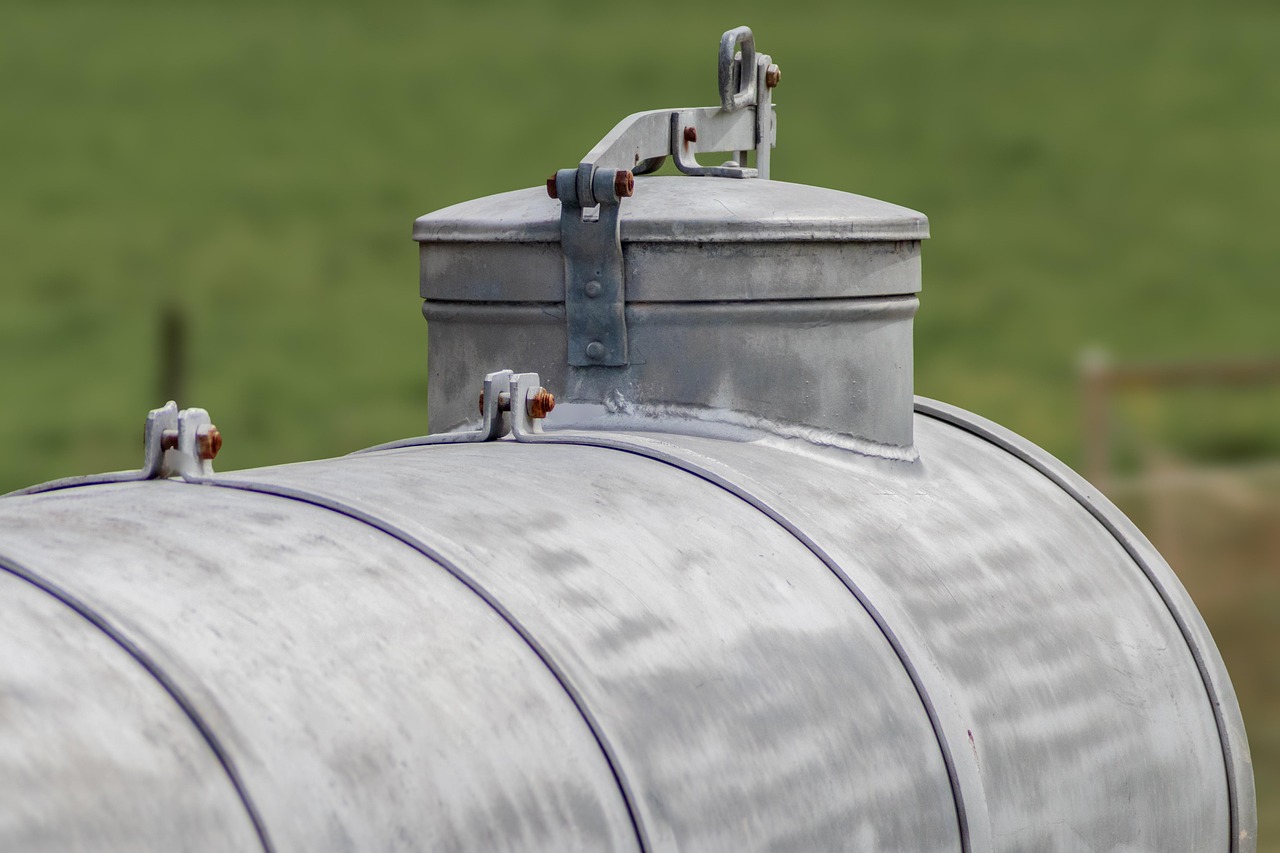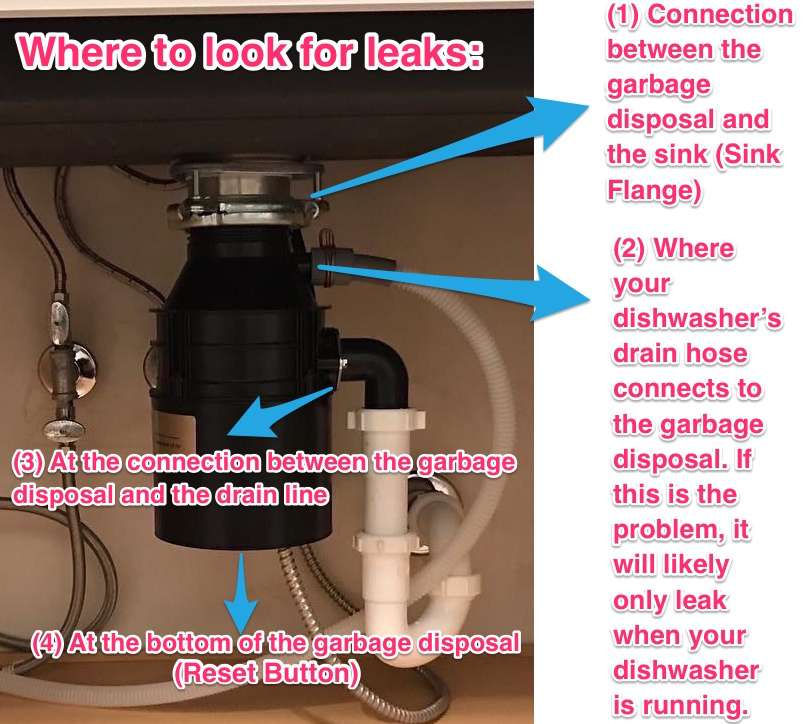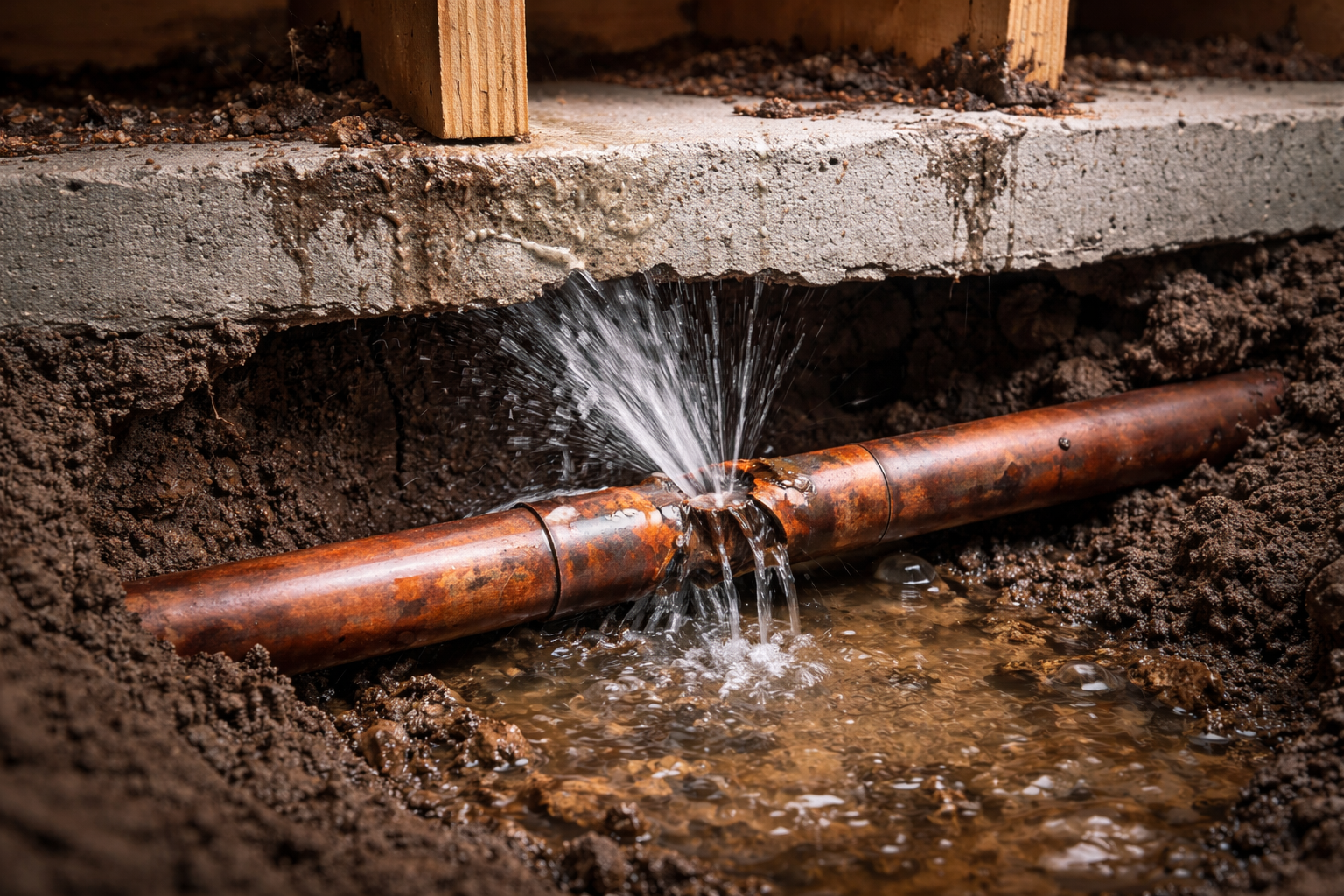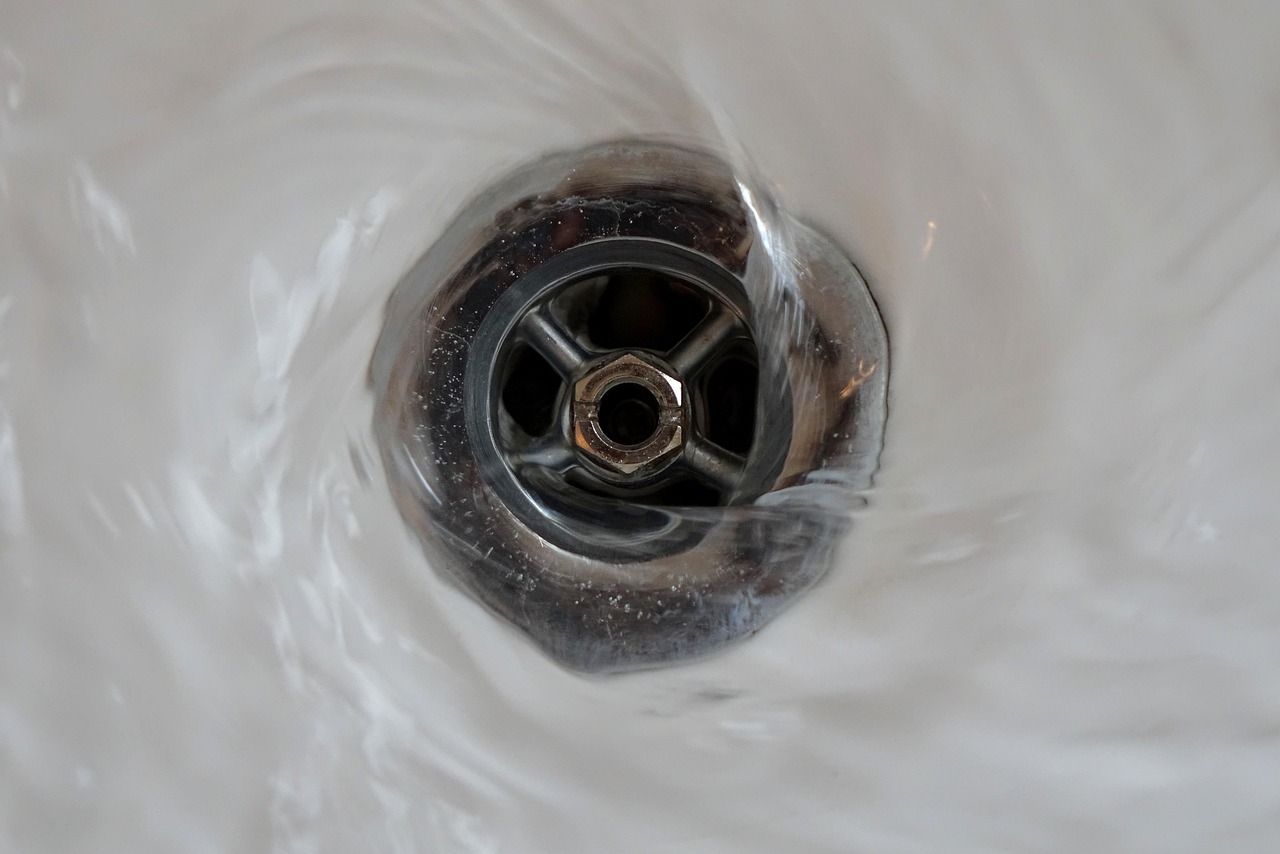
If your home has a septic system, knowing where your septic tank is located is essential for regular maintenance, quick repairs, and preventing costly damage. Many homeowners aren’t sure where their septic tank is buried — especially if they bought the property recently or haven’t had the system serviced in years. Fortunately, there are several easy ways to find it without tearing up your entire yard.
Start by Finding Your Sewer Line
The simplest way to start is by locating where your home’s main sewer line exits. This pipe is usually found in a basement, crawl space, or utility room, and it runs directly outside toward the septic tank. From there, follow the line into your yard. Most septic tanks are buried between 10 and 25 feet from the home, so use this as a general guideline.
You can read more about understanding your home’s plumbing layout in this Homeowner’s Guide to Septic Systems from the EPA.
Look for Clues in the Yard
Your yard might hold visible signs of your septic tank’s location. A slightly raised mound or dip in the lawn, greener grass in a specific patch, or a visible lid or manhole cover can all be indicators. Some older systems even have small, capped pipes sticking above the ground for inspection access. If you spot these, you’re very close to your tank.
Another tip is to walk the yard after a light rain. The ground above your septic tank may dry faster or slower than the surrounding soil, which can help you spot its location.
Check Property Records or Septic Maps
If visible clues don’t help, your local health department or building department may have a septic system map for your property. These maps show the exact placement of the tank, sewer lines, and drain field. Many counties make these available online, but if not, you can visit in person.
If you purchased your home recently, your inspection paperwork might also include this information. This can save you hours of guesswork. Here’s a helpful guide from Florida Health on Septic Tank Location if you’re in Florida.
Use a Septic Tank Probe
A septic probe is a long, thin metal rod used to feel for the edges of your tank underground. Push the probe gently into the soil to detect the solid surface of the tank. This works best in soft or damp ground, and it’s a good idea to wear gloves. Avoid excessive force to prevent damage to pipes or the tank itself.
Follow Plumbing Vent Pipes
The vent pipes on your roof can also lead you toward your septic tank. These pipes connect to the sewer line and vent gases outside. By identifying the vent’s location and tracing its path downward, you can often determine which side of your home the septic tank is on.
Why Professionals Can Help
If all else fails, hiring a septic professional is the safest and fastest option. Septic service companies have specialized tools such as ground-penetrating radar and electronic line locators to pinpoint your tank’s location with minimal disturbance to your yard. This can be especially helpful if your tank is buried deeper than usual or if your property has been landscaped extensively.
Safety Precautions When Locating a Septic Tank
While finding your septic tank is important, safety should always come first. Avoid opening the tank yourself — septic tanks contain harmful gases that can be dangerous if inhaled. The lid can also be heavy and unstable, creating a fall risk. Always have a licensed septic professional handle inspection or pumping.
Why It’s Important to Know the Location
Knowing where your septic tank is allows you to schedule regular pumping, prevent damage during yard work, and catch potential issues before they become expensive repairs. It’s also helpful during emergencies — if your system backs up, you’ll know exactly where to direct a plumber or septic technician.
External Resources on Septic Tank Maintenance
- EPA – Septic Systems Overview
- National Onsite Wastewater Recycling Association
- Florida Department of Health – Septic Tank Information
What’s Next?
Doug Herrell Plumbing is a trusted leader in Brevard County, Florida, specializing in slab leak detection and re-piping services. Call us today for a free estimate before a slab leak causes unnecessary damage to your property.
About Doug Herrell Plumbing – lic#CFC 048487
Doug Herrell Plumbing has been Brevard County’s source for plumbing services since 1980. We are a family owned and operated business and take tremendous pride in providing honest and reliable plumbing services at an affordable price.
CALL 321-254-0004
Serving Melbourne, Palm Bay, Viera, Suntree, Titusville, Merritt Island, Melbourne Beach, Indialantic, Indian Harbour Beach, Cape Canaveral, Satellite Beach, Rockledge, West Melbourne, Cocoa, and Cocoa Beach.
continue reading


